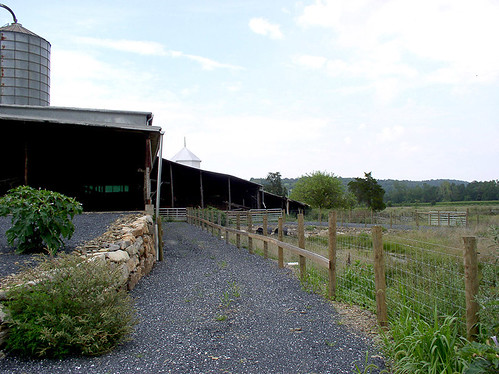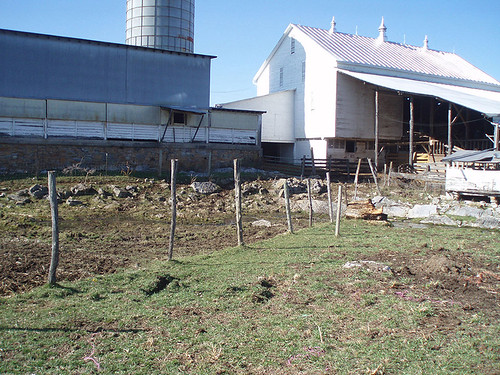Makeover shows are now a staple of reality TV—we all like to see dramatic transformations. Did you know that USDA’s Natural Resources Conservation Service (NRCS) helps make “conservation makeovers” happen on the land every day?
Take Peyton and Myra Yancey’s fourth-generation 225-acre farm in Virginia’s scenic Shenandoah Valley, which houses beef and poultry operations.
The Yanceys’ conservation makeover started in April 2011 with planning and staking a stream buffer, which is a group of plants that will filter nutrients from water draining into the stream and provide shade to cool the water, improving the habitat for fish and other aquatic organisms.


Before the Yanceys began working with NRCS, cattle had direct access to the streams, pond and spring on the property. Though the couple was careful not to overgraze the land, soil erosion was also an issue around the barn and in some of the pasture areas.
A roof runoff management system now directs water away from the barn through a series of gutters and downspouts, and cross fencing now subdivides the pastures for rotational grazing, helping keep the soil covered and creating better forage for the animals.
A watering system and stream crossings also ensure that the cows stay out of the streams while moving between paddocks, protecting water quality.
“Cattle used to cross the creek to get to the barn, and it was tough to get them inside,” Peyton Yancey says. “Now, we have an ideal setup for grazing cattle. The fruits of our labor will benefit anyone who works this land in the future.”

One of the final steps in the transformation occurred in November 2012 when NRCS conservationists joined community volunteers for a cleanup day on the farm. The group removed three flat-bed trailer-loads of boards, wire fencing and other debris from the site and planted trees on about an acre in the riparian buffer above the spring.
This project will improve water quality in Smith Creek, one of Virginia’s impaired streams, as well as the Chesapeake Bay. Partners include the Chesapeake Bay Foundation, Farm Service Agency, and Shenandoah Valley Soil and Water Conservation District.
View dramatic before and after photos in the Chesapeake Bay Virtual Diary and be sure to contact NRCS when you’re ready to tackle your own makeover project!
Follow NRCS on Twitter.
Check out other conservation-related stories on the USDA blog.


